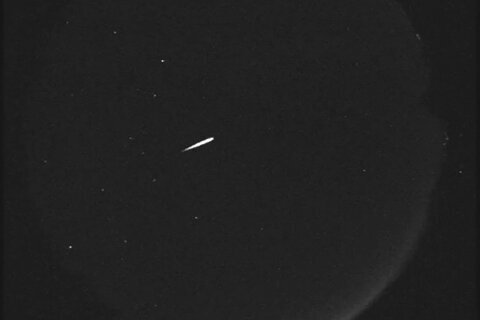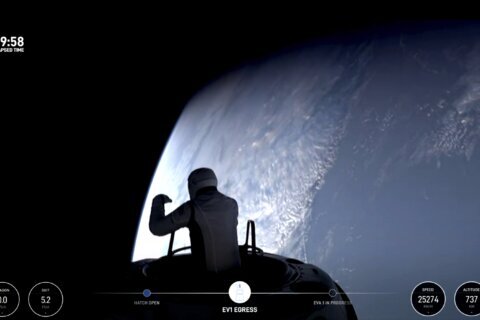
Each year, the Hubble Space Telescope spends some time looking at the outer planets of our solar system. In late June, during one of these observation periods, Hubble took a stunning detailed portrait of Jupiter.
Hubble participates in the Outer Planet Atmospheres Legacy program, and these images of the outer planets help scientists study the giant planets and their atmospheres. In turn, this enables them to learn more about Earth’s atmosphere as well as those that may exist on exoplanets, those outside our solar system.
Vivid colors and swirling clouds are highlighted in the new Jupiter image, as well as a closeup look at its atmosphere. The planet’s Great Red Spot stands out. Bands of clouds can be seen moving toward the circular storm that matches Earth’s diameter, according to the Hubble site.
The Great Red Spot storm, which has lasted 150 years that we know of, is continuing to shrink — but astronomers don’t know why. Hubble will continue observations of Jupiter to gain insight into the storm.
The storm itself is structured like a wedding cake, with an upper layer extending more than 3 miles higher than surrounding clouds, according to NASA.
Other storms much smaller in size dot the surface, represented by brown or white ovals. They can last hours or centuries.
Below the Great Red Spot is a shape similar to a worm, but it’s really a cyclone spinning in the opposite direction of the storm above it.
Parallel cloud bands also stand out. They are created by ammonia ice clouds that vary in height and thickness, with air flowing in different directions, depending on their latitudes. The lighter bands rise the highest, while thicker clouds represent the darker ribbons in the band.
The rapid winds separating these clouds can reach 403 miles per hour.







